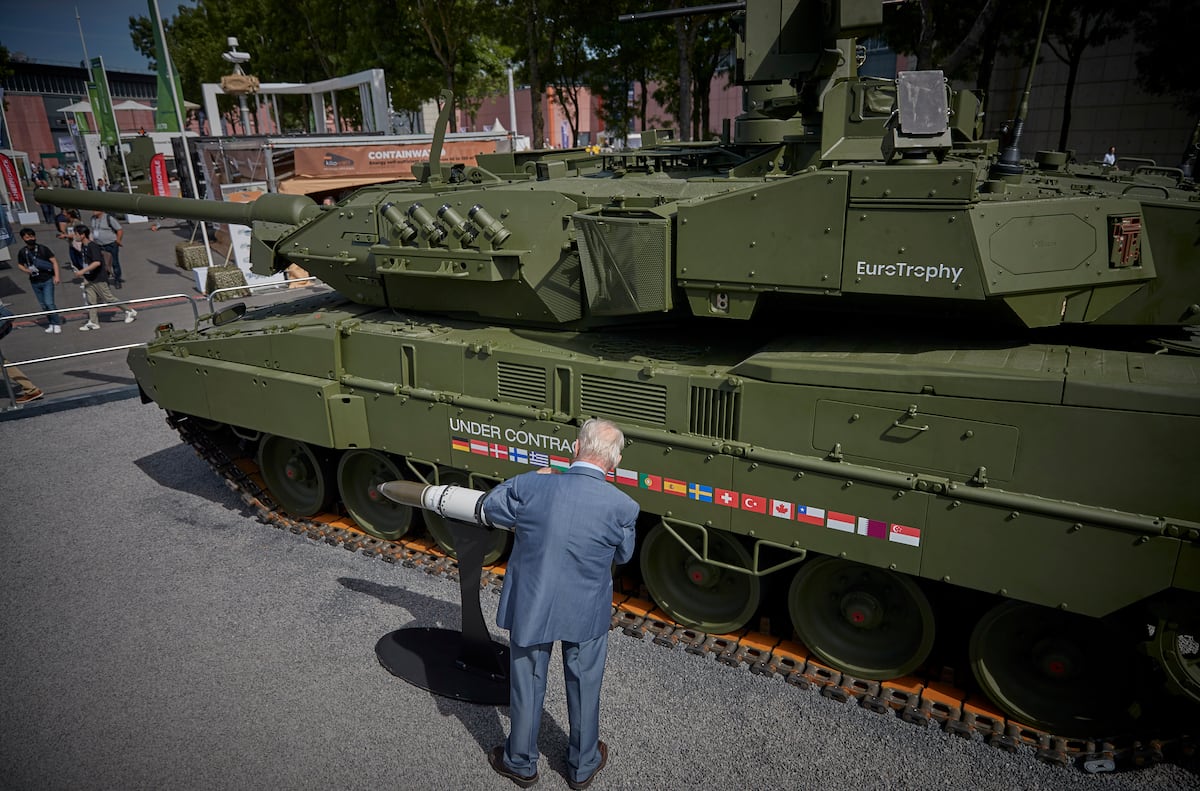The Air Force has long struggled with a shortage of fighter pilots, with 1,150 empty billets in 2024, and aviators leaving the service in droves. How can they turn things around? Buy more planes and keep more pilots in its reserve component, says a new policy paper from a prominent aerospace think tank.
The service’s pilot shortage is driven by recruitment challenges, lengthy training pipelines, high exit rates, and a lack of readiness in its training aircraft. If the service doesn’t close the gaps in pilot production and absorption during peacetime, it likely won’t be able to do it in a major conflict, said Heather Penney, a senior resident fellow at the Mitchell Institute for Aerospace Studies, and author of the report.
One of the report’s key recommendations to address the “pilot crisis” is to buy more aircraft and modernize the fleet, since dwindling fleet sizes and aging aircraft limit the hours pilots can train. Of the 1,206 fighter jets the service has in its “mission inventory”—which doesn’t include training and test aircraft—just 724 were mission-capable in 2024, according to a Mitchell graphic.
“We’re getting smaller, and because the jets are getting older, they’re not as mission capable, so we can’t fly them as much, and this risks the Air Force’s ability to train the experienced combat pilot force it needs with sufficient depth,” Penney told reporters Wednesday ahead of the report’s rollout.
Specifically, the report recommends the service increase its number of active component fighter jets, and preserve and grow its reserve squadrons, so the Air Force will be better able to absorb new pilots and maintain their combat readiness.
For years the Air Force has said it needs to buy 72 fighters a year to reverse the decline in its fighter inventory. But the service has been criticized by lawmakers and other airpower proponents, like the Mitchell Institute, for getting rid of older aircraft without replacing them with new buys at a one-for-one rate.
Service chief Gen. David Allvin released an op-ed last week arguing for “more Air Force” and increased funding to revamp the service’s fleet, which is “smaller and older” than at any other point in history, Allvin wrote. And with new leadership entering the Pentagon, the timing of Allvin’s plea is notable.
While it’s unclear where Troy Meink, the former NRO official tapped to be the next Air Force secretary, might take the Air Force, President Donald Trump’s nominee to lead the Pentagon, Pete Hegseth, signaled in his testimony that he would increase the fighter fleet size, but did not detail how he would get the funding to do so.
The Air Force’s future spending will depend on decisions by Trump and Congress, but it’s “encouraging” to see Senate Armed Services Committee Chairman Sen. Roger Wicker’s, R-Miss., vision for a major Air Force boost, said Doug Birkey, executive director of the Mitchell Institute. Where the House will end up is more of an unknown, but “hopefully they will agree with that vector,” Birkey said Wednesday.
“Personalities definitely matter in this process. We were extremely pleased to see Gen. Allvin make his thoughts known on the record in his recent op-ed. He clearly wanted leaders in town to understand the service’s challenges,” Birkey said.
In addition to beefing up the fighter inventory writ large, the report emphasized the crucial role reservists play. The Air Force’s reserve component consists of two organizations: The Air National Guard and the reserve. Though historically the Guard and reserve were used just as reserve forces, the active component is now so small that the service relies on the reserve to deploy alongside active squadrons. And the active and reserve components must both be modernized since a bulk of the service’s “fight tonight” force will come from the reserve, Penney said.
The concentration of experienced pilots is much higher in the reserve component because so many pilots transition from active duty to the reserve. And while active-duty retention has hovered around 45 percent in recent years, retention in the Air National Guard has averaged more than 80 percent over the past 20 years, Penney said.
This means the service should do “everything we possibly can” to keep those pilots—but it’s not, Penney said. Though the service is in the process of transitioning away from F-16s, only 10 of the Air National Guard’s 25 fighter units have been announced as F-22, F-35, or F-15EX squadrons. Of the remaining units, nine are getting “post-block” F-16s—hand-me-down F-16s from the active component—but those airplanes are older and less relevant. Two other units, Selfridge in Michigan and Martin State in Maryland, have already learned they’ll lose their fighter mission.
But if the guard doesn’t have units to absorb experienced pilots from the active duty, the service could lose them altogether, Penney said.
“The Air Force needs to preserve and even grow the number of reserve component fighter squadrons. Not only do we need to preserve the 25 that we’ve had so we’ve got a place for them to land, if we can’t stem the exit rates, if you grow the reserve component without any demand signal on your pilot production or fighter training units, you’re able to capture experienced pilots and build up that fight-tonight force,” Penney said.
Read the full article here








Leave a Reply